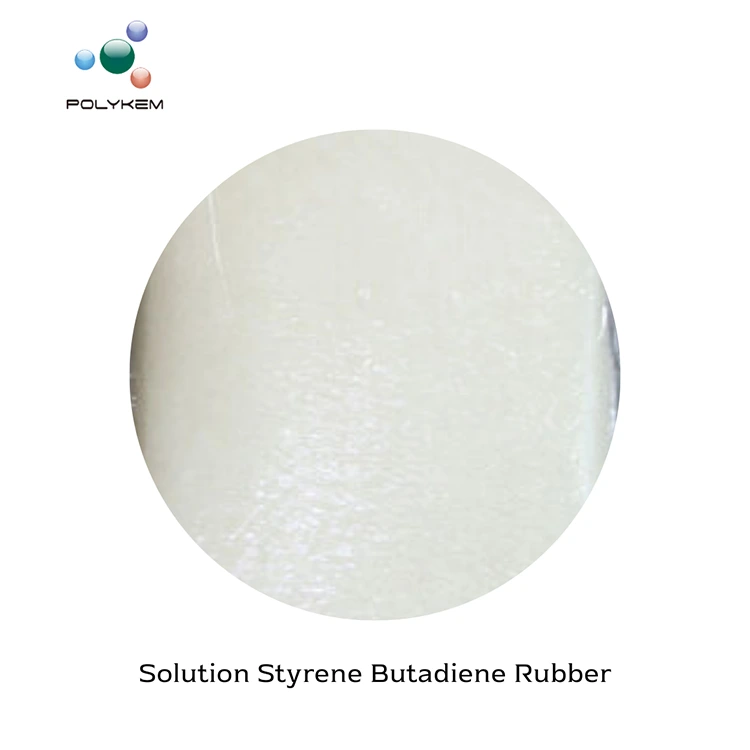Advantages of Synthetic Rubber Over Natural Rubber
2025-02-27
Both natural and synthetic rubber play significant roles in industrial and consumer applications, but synthetic rubber offers several advantages over its natural counterpart. Here’s why synthetic rubber is often the preferred choice.
1. Enhanced Durability and Resistance
One of the main benefits of synthetic rubber is its superior resistance to heat, chemicals, and abrasion. Unlike natural rubber, which can degrade over time due to environmental factors, synthetic rubber can be engineered for specific performance needs.
2. Consistent Quality and Availability
Since synthetic rubber is produced in a controlled environment, it offers consistent quality, unlike natural rubber, which can be affected by climatic conditions. This ensures a steady supply, reducing dependency on natural rubber plantations.

3. Greater Versatility
Synthetic rubber can be modified to meet various industrial needs. Different types of synthetic rubber offer properties like oil resistance (NBR), weather resistance (EPDM), and flexibility (SBR), making it adaptable for diverse applications.
4. Cost-Effectiveness
Due to its controlled production and ability to be customized, synthetic rubber can be more cost-effective in certain applications. Industries benefit from its longevity and reduced maintenance costs.
5. Environmental and Sustainability Benefits
Advancements in synthetic rubber production have led to more eco-friendly processes, reducing the environmental impact associated with traditional rubber harvesting. Recycling and sustainable production methods are making synthetic rubber a more viable option.
While natural rubber remains important, synthetic rubber’s adaptability, durability, and cost advantages continue to make it a preferred choice in various industries. As technology advances, we can expect even more innovations in synthetic rubber materials.


